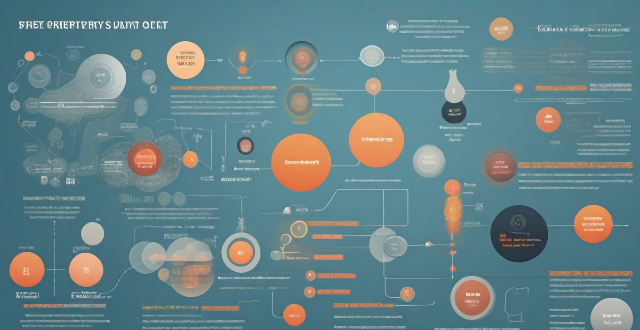The article discusses the limitations of climate data analysis, including incompleteness of data, uncertainty in models, limited spatial resolution, bias in sampling, and natural variability. These limitations can impact the accuracy and reliability of the results obtained from climate data analysis. Despite these challenges, scientists continue to develop new methods and technologies to improve the accuracy and reliability of climate data analysis.

Limitations of Climate Data Analysis
Climate data analysis is a crucial tool for understanding the Earth's climate system and predicting future changes. However, it is not without its limitations. These limitations can impact the accuracy and reliability of the results obtained from climate data analysis. In this article, we will discuss some of the key limitations of climate data analysis.
1. Incompleteness of Data
One of the primary limitations of climate data analysis is the incompleteness of the data. Climate data is often collected over long periods of time, and there may be gaps in the data due to various reasons such as equipment failure, human error, or natural disasters. These gaps can lead to inaccurate or incomplete representations of the climate system.
2. Uncertainty in Models
Another limitation of climate data analysis is the uncertainty in models used to interpret the data. Climate models are complex mathematical equations that attempt to simulate the behavior of the Earth's climate system. However, these models are based on assumptions and approximations that can introduce uncertainty into the results. This uncertainty can make it difficult to accurately predict future climate changes.
3. Limited Spatial Resolution
The spatial resolution of climate data is another limitation. Climate data is often collected at a coarse scale, which means that it may not capture localized variations in climate patterns. This can lead to an incomplete understanding of regional climate dynamics and make it difficult to develop targeted adaptation strategies for specific areas.
4. Bias in Sampling
Bias in sampling is another limitation of climate data analysis. Climate data is often collected using a variety of methods and instruments, which can introduce bias into the data. For example, if a particular region is sampled more frequently than others, it may appear to have a different climate pattern than it actually does. This bias can lead to incorrect conclusions about the overall climate system.
5. Natural Variability
Finally, natural variability is a significant limitation of climate data analysis. The Earth's climate system is influenced by a wide range of factors, including solar radiation, volcanic eruptions, and ocean currents. These factors can cause natural variability in climate patterns, making it difficult to distinguish between natural fluctuations and human-induced changes. This variability can make it challenging to accurately predict future climate changes.
In conclusion, while climate data analysis is an essential tool for understanding the Earth's climate system, it is not without its limitations. These limitations include incompleteness of data, uncertainty in models, limited spatial resolution, bias in sampling, and natural variability. Despite these challenges, scientists continue to develop new methods and technologies to improve the accuracy and reliability of climate data analysis.